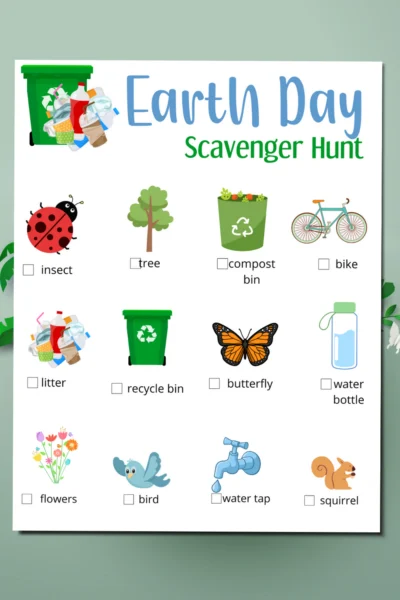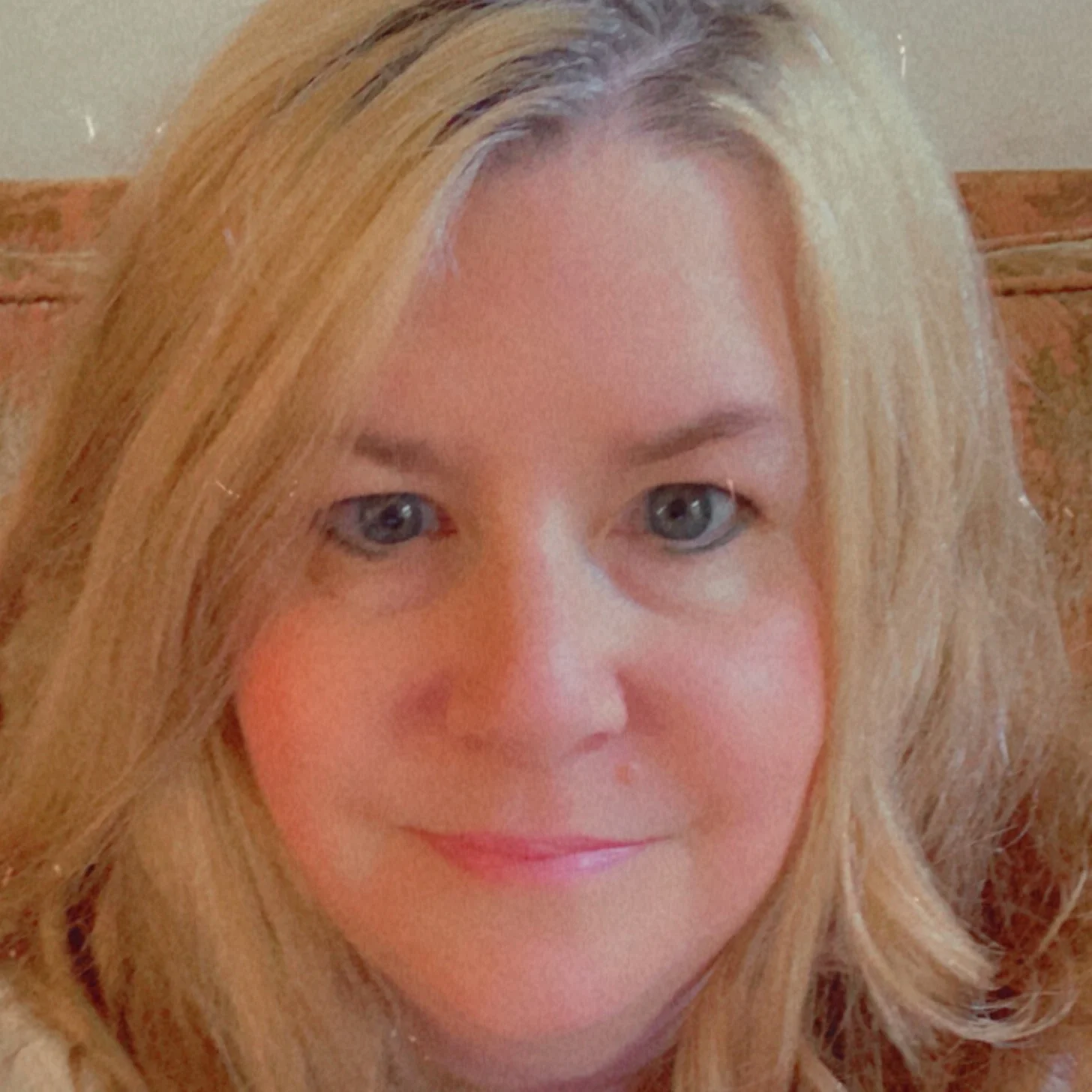Updated April 19, 2024
It’s a special day today – Earth Day! And what better way to celebrate than by going on an Earth Day Scavenger Hunt?
It’s like a treasure hunt, but the treasures are all around us in nature.

(Parents share these instructions with your kids) Here’s what you need to do:
Free printable Earh Day scavenger hunt
- Take your Earth Day Scavenger Hunt sheet with you and find something to make marks with—like a crayon or fun stickers.
- Go for a walk outside with an adult. Your job is to spot everything on our list!
- When you see an item from the list—like a fluttery butterfly or a big, sturdy tree—give yourself a big check mark or stick a sticker in the box next to it.
- Use your eagle eyes to look high and low, near and far! Will you see a ladybug resting on a leaf, or hear a bird singing up in the branches?
- If you come across litter, remember, we don’t pick it up with our hands. Let your grown-ups know, and they can help put it in the right place.
- Every time you discover an item, share your excitement: “I found a (name of the item)!” and celebrate your find!
- See if you can find every item on the list. There’s so much to discover!
You can download your free scavenger hunt here.
Additional Earth Day Activities for Kids
1. Earth Day Storytime
Activity: Share the magic of Earth Day with your little ones through the power of storytelling.
Pick out a selection of Earth Day-themed books and set aside a special storytime to read with your children.
We keep a book basket in our family room that gets rotated out with seasonal books.
I can’t recommend that system enough.
You can also keep it in your toddler or preschooler’s room for bedtime reading time.
Rotating out the books keeps them fresh and encourages your kids to read more!
Recommended Books:
- “The Lorax” by Dr. Seuss – A classic tale with a powerful message about the importance of caring for our environment.
- “Compost Stew” by Mary McKenna Siddals – An alphabetical recipe that teaches kids how to contribute to the compost pile.
- “The EARTH Book” by Todd Parr – With simple text and bold illustrations, it’s a great introduction to environmental stewardship for little ones.
- “Michael Recycle” by Ellie Bethel – A superhero tale that encourages recycling and taking care of our planet.
- “The Curious Garden” by Peter Brown – A story about a boy’s quest to bring nature back to his gray city, inspiring for young gardeners.
Why It’s Good: Storytime is a cherished ritual for many families, and it’s an excellent opportunity to introduce complex topics like recycling, conservation, and biodiversity in a simple, engaging, and relatable way.
It also provides a starting point for parents to discuss with their children how they can make small, everyday changes to help protect the Earth.
Tips for Parents:
- While reading, pause to ask your children questions about the story. For example, “What would you do if you met the Lorax?” or “Can we make a compost stew too?”
- Use the stories as a springboard for action by planning an activity related to the book’s theme, such as planting a seed or making a bird feeder.
- Encourage your children to draw or paint their favorite scene or character from the book. This helps reinforce the story’s message and allows children to express their creativity.
- Make a garden sensory bin out of everyday or recycled items you have at home. I made the one below by dying pasta green and orange and used dollar-store gardening toys. My kids loved it.
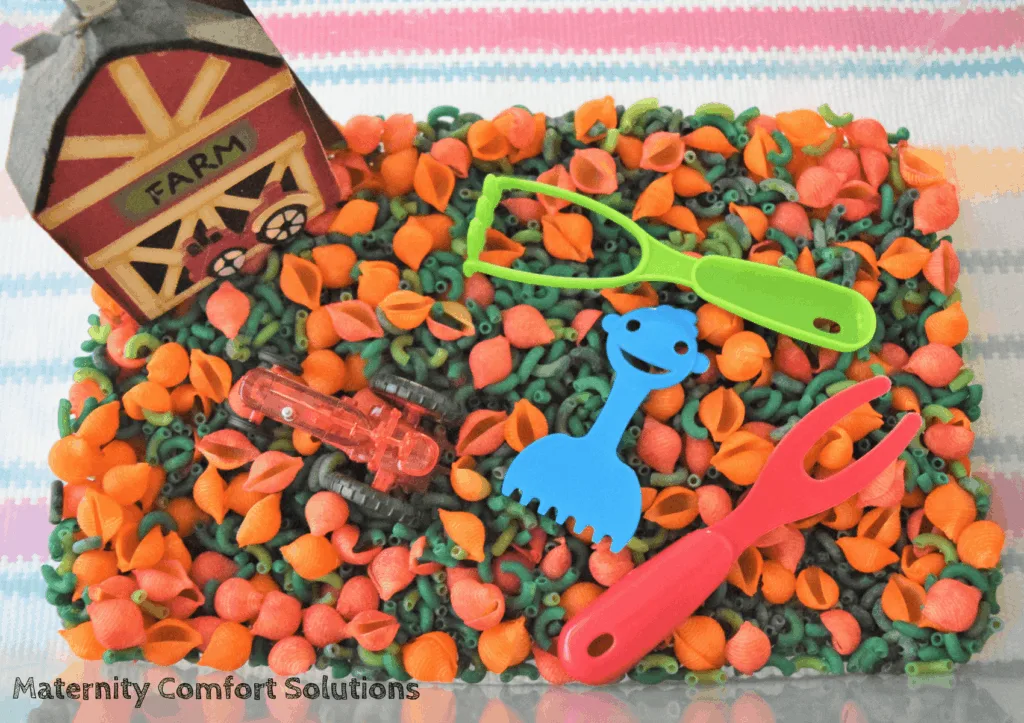
2. Planting a Garden
Activity: Get your hands dirty and connect with the Earth by planting a garden with your children.
It doesn’t need to be a large plot—just a small corner or even a pot or container will do.
Choose easy-to-grow plants such as sunflowers, radishes, or cherry tomatoes, and guide your children through the process from planting seeds to tending to the young plants.
Steps to Planting:
- Choose Your Plant: Let your child help pick out the seeds or small plants at your local nursery or store. This gives them a sense of ownership and excitement for what they’re going to grow.
- Prepare the Soil: Show your child how to prepare the soil. This can be as simple as filling a pot with soil or digging a small area in your yard.
- Plant the Seeds: Have your child make little holes in the soil with their finger and drop in the seeds. Cover them gently with soil and water them lightly.
- Water and Sunlight: Teach your child about the needs of plants—like how they need water just like we do, and how they eat sunlight for breakfast, lunch, and dinner!
- Watch It Grow: Make it a daily routine to check on the plant’s progress. Children love to see how the plants grow taller every day!
Why It’s Good: There’s something magical about planting a seed and watching it grow.
It’s a great way for kids to learn about responsibility as they care for their plants, and it provides a tangible way to understand the lifecycle of plants.
And gardening can be incredibly rewarding, as children can enjoy the fruits (or vegetables, or flowers!) of their labor.
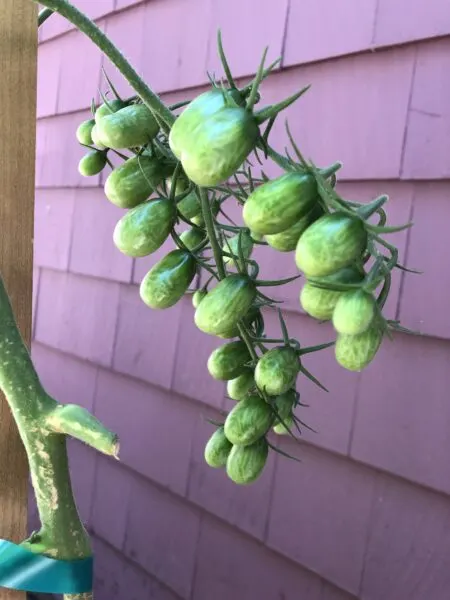
Tips for Parents:
- Use the gardening activity to teach children about how plants contribute to the health of our planet, like how they clean the air and provide food.
- Celebrate each stage of growth with your child. When the first sprouts appear, share their excitement; when flowers bloom or when vegetables are ready to harvest, enjoy the moment with them.
- If space is limited, consider a windowsill garden with herbs or small flowers. It’s just as rewarding and can be done indoors.
- Take photos or keep a gardening journal with your child. Documenting the growth of their plants can be a beautiful way to keep track of their gardening journey.
3. Earth Day Bingo
Activity: Ready for a game of Earth Day Bingo?
It’s a perfect way to blend fun with learning about our planet!
Your bingo card is filled with colorful squares, each representing an action or item that celebrates Earth Day.
From a watering can to a globe, each square is a chance to explore and appreciate our environment.
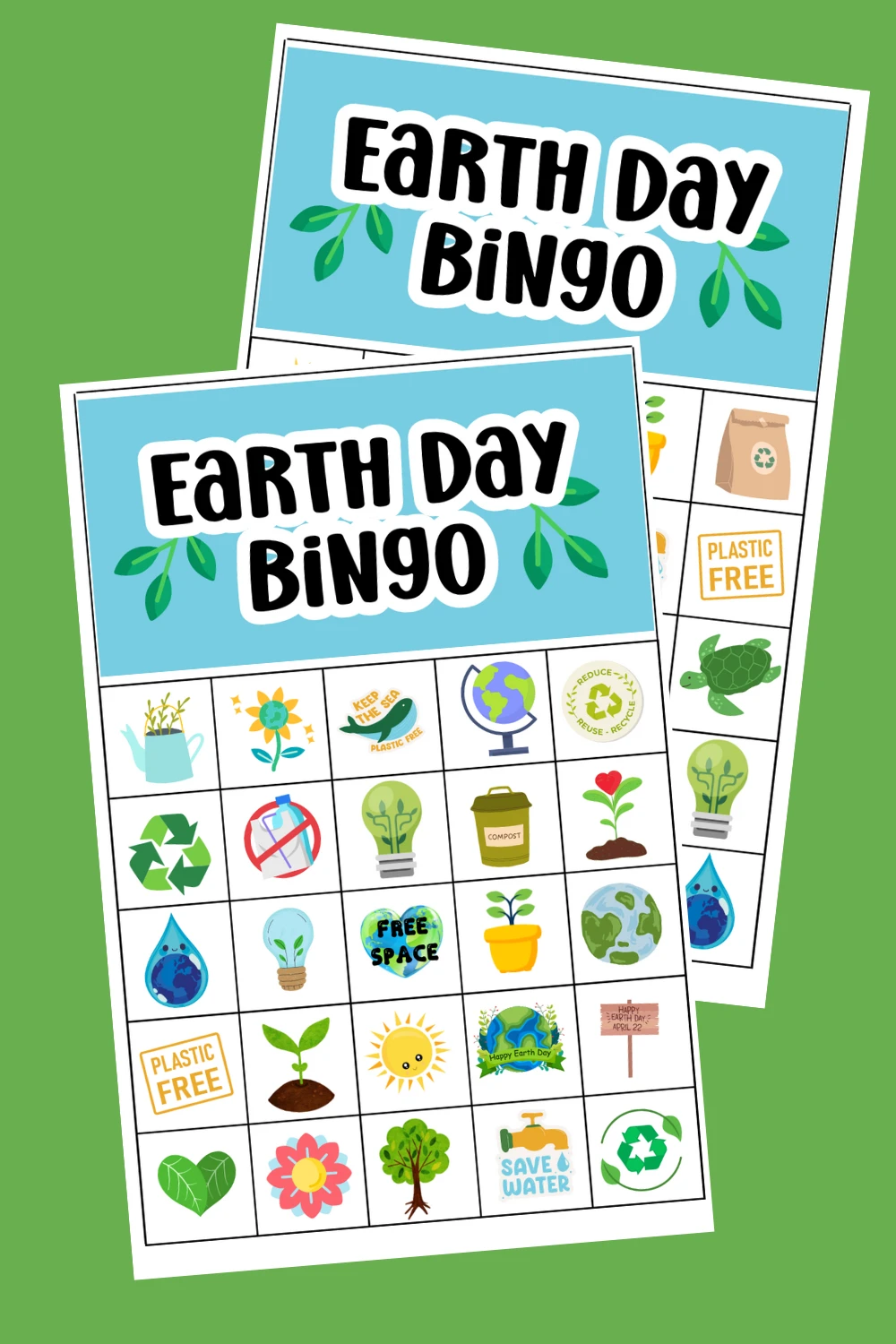
How to Play:
- Print out or make your own Earth Day Bingo card with the same items as shown in the image.
- As you complete each activity or spot an item, mark it off on the card. You can use stickers, a marker, or even a fun stamp.
- Aim to complete a row—horizontally, vertically, or diagonally—to get a Bingo. Or go for a full-card blackout to celebrate Earth Day in a big way!
Items on Your Bingo Card:
- Recycling and Upcycling: Spots like the recycle symbol, a compost bin, and a “Plastic Free” sign encourage kids to think about how we can reduce waste.
- Conservation Efforts: Items like a “Save Water” tap and an energy-saving light bulb help kids understand the importance of saving resources.
- Nature Appreciation: Pictures of plants, the sun, and a tree seedling celebrate the natural world.
- Educational Symbols: A globe and the “Reduce, Reuse, Recycle” motto offer starting points for conversations about taking care of our Earth.
Why It’s Good: Earth Day Bingo is interactive and educational.
As your kids complete the activities or find the items, they learn lessons about conserving resources, nurturing plants, and protecting our planet.
It’s a fun and simple way to introduce environmental concepts and the actions we can take in our daily lives to make a difference.
Tips for Parents:
- Take this opportunity to have meaningful conversations with your kids about each square they mark off. For example, when they find the “Compost” square, talk about how composting works and why it’s good for the Earth. Starting a compost pile in your yard is super easy too!
- Encourage your children to think of ways they can take action, like turning off the water while brushing their teeth for the “Save Water” square. It is a good time to introduce your kids to the recycling bin if you have not already. Put them in charge of adding items to the bin. What I do with my younger kids is make it a game. We see how much we can recycle in a week.
Next Steps:
- After playing, challenge your kids to come up with their own Earth Day activities related to the squares they’ve marked off.
- Display the completed Bingo card on the fridge or in your child’s room as a reminder of all the fun and learning.
4. Nature Walks and Observations
Activity: Nature walks are a fantastic way for families to step away from screens and step into the great outdoors.
And we could all use less screen time.
This simple activity involves walking through a natural setting, such as a park, trail, or even your neighborhood, and observing the different types of plants, trees, and animals you encounter.
How to Conduct a Nature Walk:
- Choose a location. It could be as close as your backyard or a local park.
- Encourage children to use their senses—sight, hearing, smell, and touch—to explore their environment.
- Bring along a notepad for children to draw or list their observations, or take pictures with a camera if they’re old enough.
- You can also bring along a bag to collect items to bring home and use in a nature collage activity.
Why It’s Good: Nature walks are an excellent way to get your kids some physical activity while also nurturing their curiosity about the natural world.
Observing and identifying different species can spark interest in biology and environmental science.
This activity also encourages mindfulness as your kids focus on the details of their surroundings.
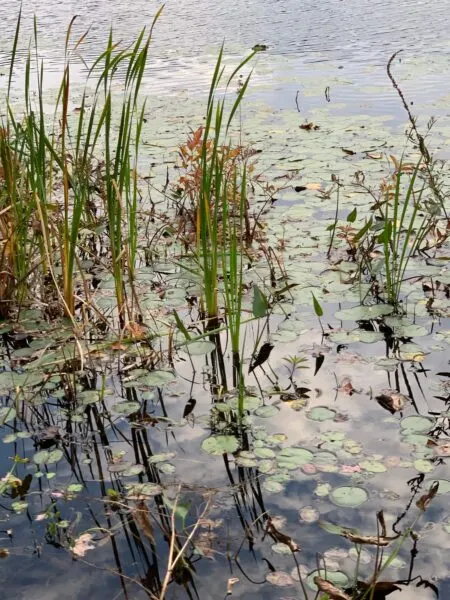
Tips for Parents:
- Make a simple checklist or bingo card of common plants and animals in your area to turn observation into a game.
- Encourage children to ask questions about what they see and look up answers together when you get home.
- Use a field guide or app to help identify unfamiliar plants and animals.
Follow-up Activities:
- Have children create a nature journal to record their observations and draw what they saw.
- Start a small collection of natural items such as leaves, rocks, or pinecones. Remember to only collect items that won’t harm the environment if removed.
- Set up a regular “nature hour” where the whole family spends time outdoors without electronics.
Don’t leave without your free printable scavenger hunt!

